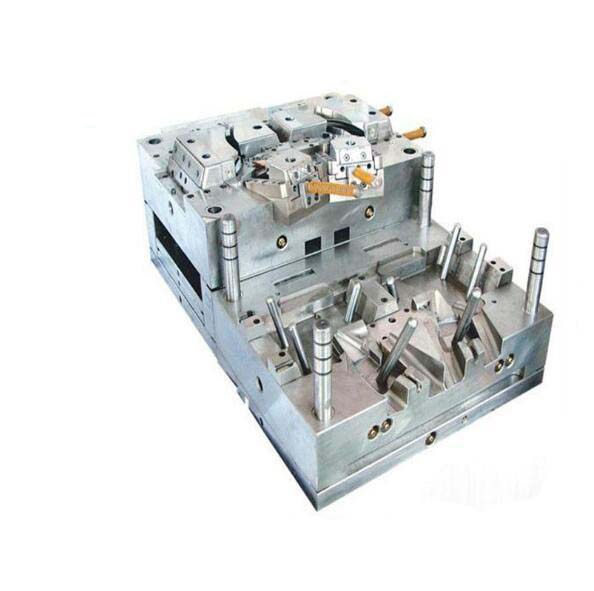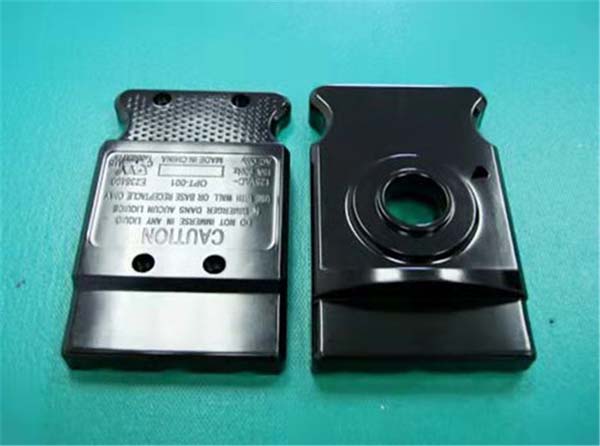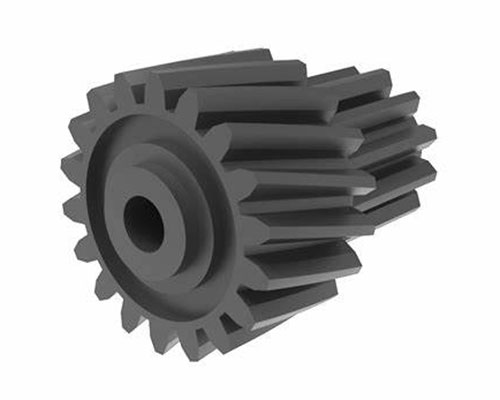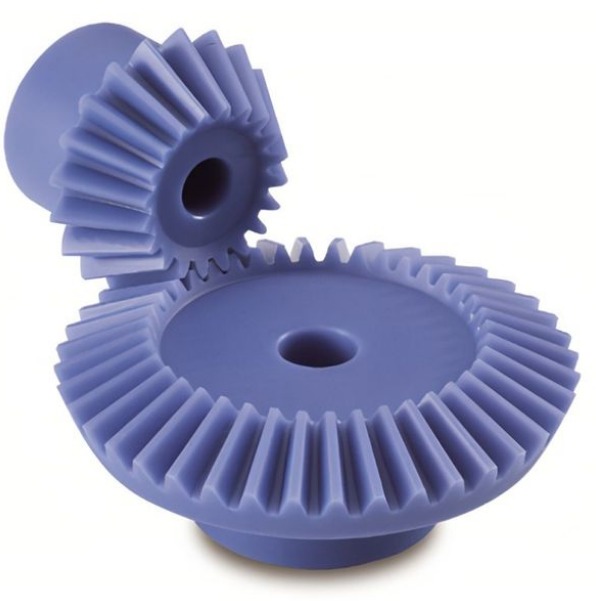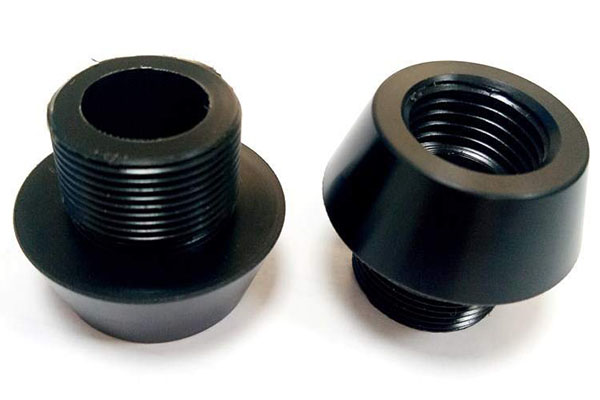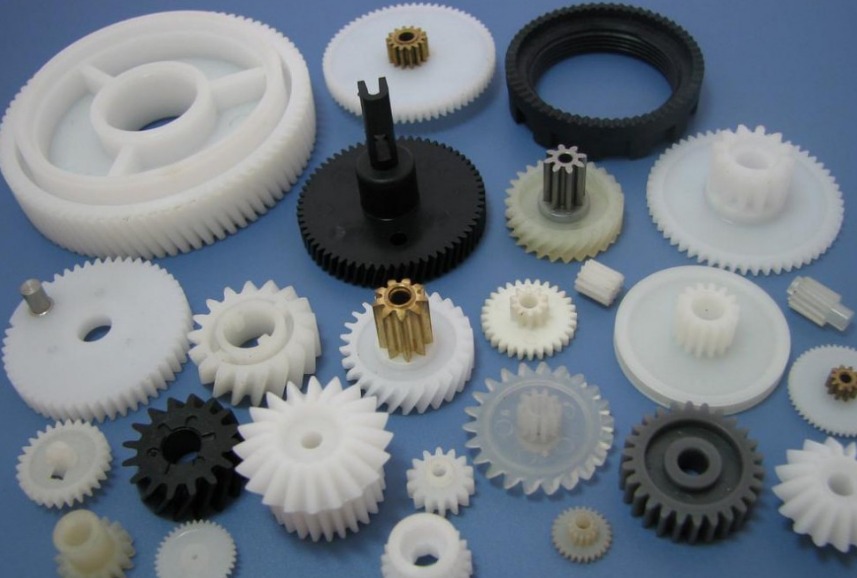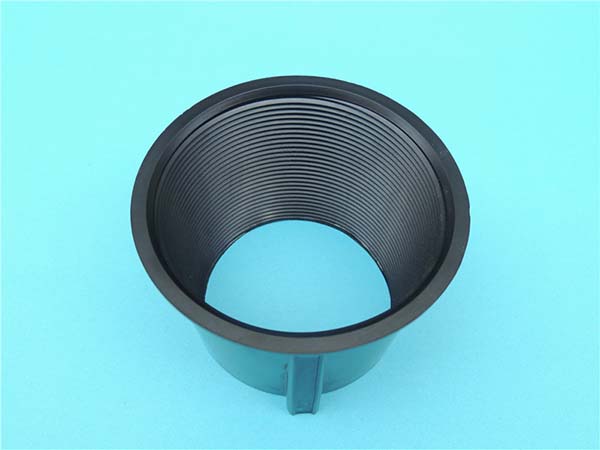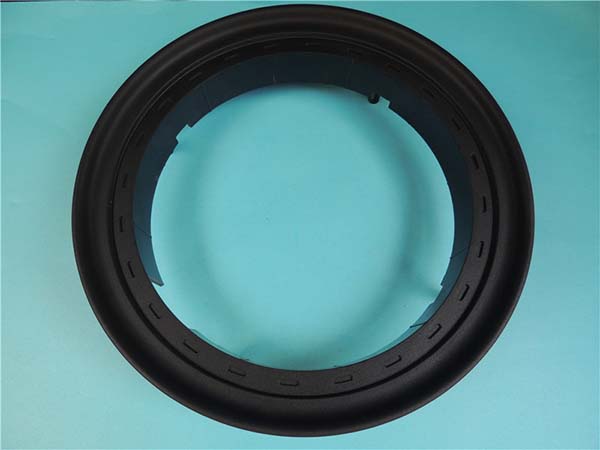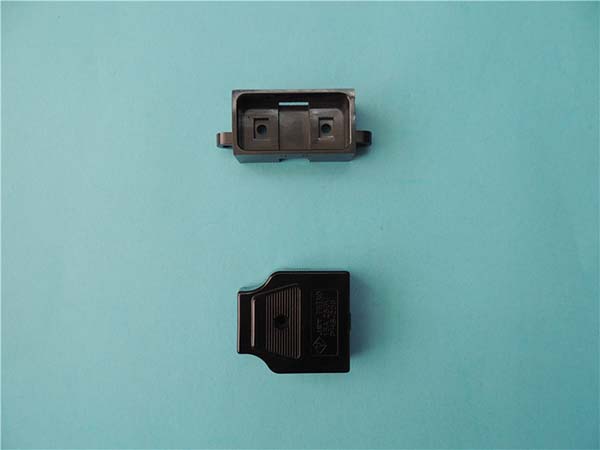The Manufacturing Process: A Step - by - Step Breakdown
Raw Material Selection
Types of Materials Used
Steel is a prevalent choice in gear manufacturing. Its high strength, toughness, and wear - resistance properties make it ideal for heavy - duty applications such as in automotive transmissions and industrial machinery. For instance, alloy steels like 4140 are often heat - treatable, allowing for further enhancement of their mechanical properties. They can withstand high loads and stresses, ensuring the smooth operation of gears in demanding environments.
Aluminum, on the other hand, is selected when weight reduction is crucial. In the aerospace industry, where every ounce matters, aluminum gears are used in aircraft engines and landing gear systems. Aluminum has a lower density than steel, which helps in reducing the overall weight of the machinery without sacrificing too much on strength. Its corrosion - resistance also makes it suitable for applications where exposure to moisture or other corrosive elements is a concern.
Plastics, such as nylon and acetal, are increasingly being used for gears in low - load and precision - driven applications. In small appliances like electric toothbrushes or office equipment, plastic gears can operate quietly and with sufficient precision. They are also cost - effective and have self - lubricating properties in some cases, reducing the need for additional lubrication systems.
Importance of Material Quality
High - quality raw materials are the foundation of durable and high - performing gears. Substandard materials may have impurities or inconsistent chemical compositions, which can lead to premature gear failure. For Yigu Technology example, if a steel used for gear manufacturing has an improper carbon content, it can affect the hardness and strength of the gear. A gear with insufficient hardness will wear out quickly under normal operating conditions, leading to increased maintenance costs and downtime. Good - quality materials also ensure dimensional stability. In high - precision applications, even a slight change in the size of the gear due to material instability can disrupt the smooth meshing of gears, causing vibrations and noise, and ultimately reducing the efficiency of the machinery.
Machining Operations
Hobbing
Hobbing is a highly efficient and widely used process for manufacturing cylindrical gears. It involves the use of a hob, which is a special cutting tool with helical teeth. The hob rotates while simultaneously moving axially along the workpiece, cutting the gear teeth into the blank. One of the main advantages of hobbing is its high production rate. It can produce a large number of gears in a relatively short time, making it suitable for mass production. ForYigu Technology example, in the automotive industry, where thousands of gears are needed for each vehicle, hobbing is a preferred method. Hobbing is commonly used for producing spur gears, helical gears, and worm gears. Spur gears are used in simple transmission systems, such as those found in lawnmowers, while helical gears are used in more complex systems like car transmissions due to their smoother operation and higher load - carrying capacity.
Milling
Milling for gear production is a process where a rotating multi - tooth cutter removes material from the gear blank to form the teeth. It offers a high degree of precision, especially when computer - numerical - control (CNC) milling machines are used. This allows for the production of gears with complex tooth profiles. However, milling has its limitations. It can be a relatively slow process compared to hobbing, especially for large - scale production. Additionally, the surface finish of the gear teeth produced by milling may not be as smooth as those produced by some other methods, which could potentially affect the gear's performance in high - speed applications. Despite these limitations, milling is still a valuable process, especially for producing small batches of gears or gears with unique designs that require high precision.
Grinding
Grinding plays a crucial role in achieving high - tolerance gears and improving surface finish. After the initial machining operations, grinding is often used to remove small amounts of material from the gear teeth to achieve the desired dimensional accuracy. In applications where gears need to operate with extremely low tolerances, such as in precision instruments or high - speed turbines, grinding is essential. It can also improve the surface finish of the gear teeth, reducing friction and wear during operation. A smoother surface means less heat generation and longer gear life. For example, in a high - performance racing car's transmission, the gears are ground to a very fine finish to ensure maximum efficiency and reliability under high - stress conditions.
Heat Treatment
Purpose of Heat Treatment
Heat treatment is a critical step in gear manufacturing as it significantly enhances the gear's hardness, strength, and wear resistance. When gears are heat - treated, their internal structure is altered at a microscopic level. For Yigu Technology example, heating the gear to a specific temperature and then cooling it at a controlled rate can transform the microstructure of the metal, making it harder and more resistant to deformation. Harder gears can withstand higher loads and have a longer lifespan, which is essential in applications like heavy - duty industrial equipment. Heat treatment also improves the wear resistance of gears. By increasing the hardness of the surface layer, the gear can better resist the abrasive forces that occur during operation, reducing the rate of wear and extending the time between maintenance intervals.
Different Heat Treatment Methods
Quenching is a heat treatment method where the gear is heated to a high temperature and then rapidly cooled, usually in a liquid medium such as oil or water. This process increases the hardness of the gear significantly, but it can also make the gear more brittle. To counteract the brittleness, quenching is often followed by tempering. Tempering involves reheating the quenched gear to a lower temperature and then cooling it slowly. This process reduces the internal stresses caused by quenching and improves the toughness of the gear.
Carburizing is another heat treatment method, commonly used for low - carbon steels. In carburizing, the gear is heated in a carbon - rich environment, which causes carbon to diffuse into the surface layer of the gear. This results in a hardened surface layer while maintaining a tough core. Carburized gears are suitable for applications where the gear teeth need to withstand high contact stresses, such as in the gears of a wind turbine. Each heat treatment method is carefully selected based on the specific requirements of the gear application, taking into account factors such as the type of material, the desired mechanical properties, and the operating conditions of the gear.
Innovation and Technology in Gear Manufacturing
Advanced Manufacturing Technologies
CNC Machining
Computer Numerical Control (CNC) machining has revolutionized gear manufacturing. In traditional gear production, manual or semi - automatic machining methods were often time - consuming and less precise. With CNC machining, the production process is highly automated. A CNC machine is programmed with precise instructions to control the movement of the cutting tools. For Yigu Technology example, when producing gears with complex geometries, the CNC machine can accurately cut the gear teeth with a high degree of repeatability. The precision of CNC machining can reach tolerances in the micron range. This means that gears produced by CNC machining can mesh more smoothly, reducing vibrations and noise during operation. In terms of efficiency, CNC machines can operate continuously with minimal human intervention, significantly increasing the production rate. A study showed that in a gear manufacturing plant, after the adoption of CNC machining, the production time for a batch of gears was reduced by 30%, while the defect rate dropped from 5% to 1%.
Additive Manufacturing (3D Printing)
Additive manufacturing, or 3D printing, is an emerging technology in gear manufacturing. One of the main benefits of 3D printing in gear production is its ability to create complex geometries that are difficult or impossible to achieve with traditional manufacturing methods. For instance, internal cooling channels or lightweight lattice structures can be integrated into the gear design. This not only reduces the weight of the gear but also improves its performance in high - stress applications. 3D printing also enables rapid prototyping. Designers can quickly create a physical prototype of a new gear design, allowing for faster iteration and improvement. However, 3D printing in gear manufacturing also faces challenges. The material properties of 3D - printed gears may not be as consistent as those produced by traditional methods, especially in terms of strength and wear resistance. Additionally, the production speed of 3D printing is still relatively slow for large - scale production, and the cost of materials can be high.
Research and Development in Gear Design
New Gear Tooth Profiles
Innovative gear tooth profiles are being developed to enhance gear performance. For Yigu Technology example, the involute tooth profile is the most common in traditional gear design. However, new profiles such as the cycloidal tooth profile are being explored. Cycloidal gears have the advantage of reduced noise during operation. The contact between cycloidal gear teeth is more gradual compared to involute gears, which results in smoother meshing and less impact. This makes them suitable for applications where noise reduction is crucial, such as in household appliances and precision instruments. Another example is the use of modified tooth profiles to increase gear efficiency. By optimizing the shape of the tooth flanks, the power transmission efficiency can be improved. Studies have shown that with the use of certain modified tooth profiles, the efficiency of gear transmissions can be increased by up to 5%.
Gear Optimization for Specific Applications
Maverick manufacturers Yigu Technology are designing gears tailored to unique industry needs. In high - speed trains, gears need to operate under extremely high speeds and heavy loads. Specialized gear designs for high - speed trains often incorporate materials with high strength - to - weight ratios, such as advanced alloy steels. The tooth profiles are also optimized to ensure smooth meshing at high speeds and to withstand the large forces generated during acceleration and deceleration. In wind turbines, gears are designed to handle the variable loads and harsh environmental conditions. The gears in a wind turbine are often large - scale and require high - torque transmission. Manufacturers use advanced heat - treatment processes to enhance the durability of these gears. They also consider factors such as the corrosive effects of the outdoor environment and the fatigue caused by the continuous rotation of the turbine blades when designing the gears. Each industry has its own set of requirements, and maverick gear manufacturers are at the forefront of developing customized solutions to meet these demands.
FAQ
What are the most common materials used in gear manufacturing?
Steel is highly popular due to its strength, toughness, and wear - resistance, suitable for heavy - duty applications like automotive transmissions. Aluminum, with its low density, is great for weight - sensitive scenarios such as aerospace. Plastics, like nylon and acetal, are used in low - load and precision - driven applications, for example, in small appliances.
How does heat treatment affect the performance of gears?
Heat treatment, such as quenching, tempering, and carburizing, changes the internal structure of the gear material. It enhances hardness, enabling gears to withstand higher loads. It also improves strength and wear resistance, reducing the rate of wear and extending the gear's lifespan.
Why are industry standards important in gear manufacturing?
Industry standards ensure that gears meet consistent quality levels. They guarantee compatibility, so gears from different manufacturers can work together in a system. Standards also enhance safety, especially in critical applications like automotive and aerospace, by setting requirements for strength and reliability.
